Video games have come a long way since their humble beginnings, but the oldest titles still hold a special place in history. These pioneering games laid the foundation for the massive gaming industry we know today, showcasing creativity and innovation with the limited technology of their time. From early arcade hits to experimental computer programs, these games were the first steps toward interactive entertainment as we know it. They weren’t just fun; they pushed boundaries, inspired developers, and introduced concepts still used in modern gaming. Exploring these classics offers a glimpse into how it all started and the milestones that shaped the gaming world.
Pong (1972)

Pong is often considered the grandparent of video games, released in 1972 by Atari. This simple, two-dimensional table tennis simulation captivated players with its minimalistic yet highly competitive gameplay. It was designed by Allan Alcorn and became an instant arcade sensation, introducing the concept of interactive entertainment to the mainstream. Players controlled paddles to hit a ball back and forth, with the goal of outscoring their opponent. The game’s success inspired a flood of imitators and solidified Atari’s dominance in the early gaming market. Despite its simplicity, Pong’s influence extends to countless sports and multiplayer games today. Over 50 years later, its legacy remains embedded in gaming history.
Spacewar! (1962)
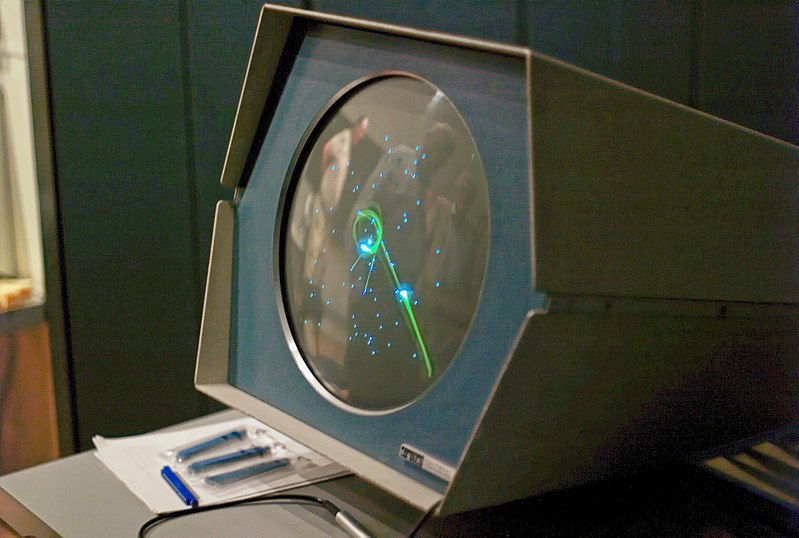
Created by MIT students in 1962, Spacewar! predates commercial gaming by a decade, making it one of the first digital games ever developed. Running on the PDP-1 mainframe computer, it allowed two players to control spacecraft in a simulated outer space environment. Players fired missiles at each other while avoiding the gravitational pull of a central star. Designed for educational and recreational purposes, it was a technical marvel of its time. The game showcased the potential of interactive programming and inspired future game developers. It also pioneered multiplayer gameplay, setting the stage for collaborative gaming experiences. Spacewar! remains a historic example of early gaming innovation.
Tennis for Two (1958)

Tennis for Two, developed in 1958 by physicist William Higinbotham, is considered the first interactive computer game. Displayed on an oscilloscope, it featured a side-view of a tennis court where players used knobs to simulate hitting a ball over a net. Unlike modern tennis games, this one focused solely on basic physics and graphical representation. It was created to entertain visitors at the Brookhaven National Laboratory, demonstrating the potential of science in recreational technology. Though simple, it captivated audiences with its unique blend of science and play. Its legacy lies in its pioneering concept of computer-based interactive entertainment. The game is now a cornerstone in the timeline of video game history.
Magnavox Odyssey Games (1972)

The Magnavox Odyssey, released in 1972, was the first home video game console, bringing gaming out of the arcade and into living rooms. It featured a series of simple games like Table Tennis and Skiing, using overlays for TV screens to create visual contexts. Its cartridges, which contained simple instructions rather than complex programming, were revolutionary for the time. Designed by Ralph Baer, often called the “Father of Video Games,” it laid the groundwork for future home consoles. Players used paddles and knobs to interact with minimalistic graphics. Though its sales were modest, its innovative design paved the way for home gaming as we know it. Today, the Odyssey is celebrated as a foundational moment in gaming history.
Computer Space (1971)

Computer Space, released in 1971, holds the distinction of being the first commercially available arcade video game. Created by Nolan Bushnell and Ted Dabney, it challenged players to control a spaceship and shoot enemy craft while avoiding incoming fire. The game’s futuristic visuals and physics-based mechanics were groundbreaking, offering a unique experience compared to electromechanical arcade machines. Despite its innovation, it was not a commercial success due to its steep learning curve. However, its release marked the beginning of the arcade gaming era. Computer Space also set the stage for Atari’s later successes, including Pong. Its importance lies in its trailblazing role in gaming history.
Nimrod (1951)
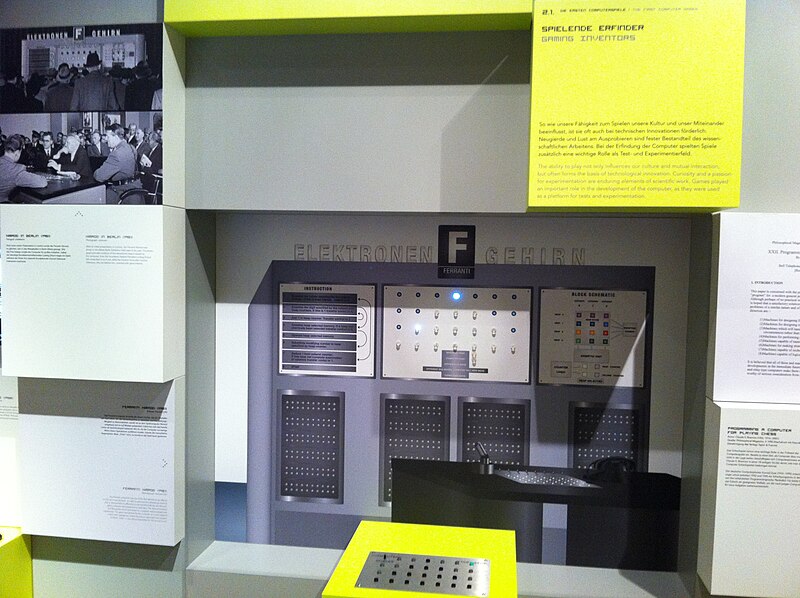
Nimrod, introduced in 1951, is recognized as the first dedicated gaming computer, designed to play the mathematical game of Nim. Developed by Ferranti for the Festival of Britain, it demonstrated the potential of computing in problem-solving and entertainment. Players competed against the machine to remove objects from piles according to mathematical rules. While it lacked the visuals of later games, its strategic depth was impressive for its time. Nimrod’s creation illustrated the feasibility of computers for recreational purposes. Though it was not a commercial product, it laid the groundwork for computational gaming. Its legacy is a testament to the intersection of mathematics and gaming.
Asteroids (1979)
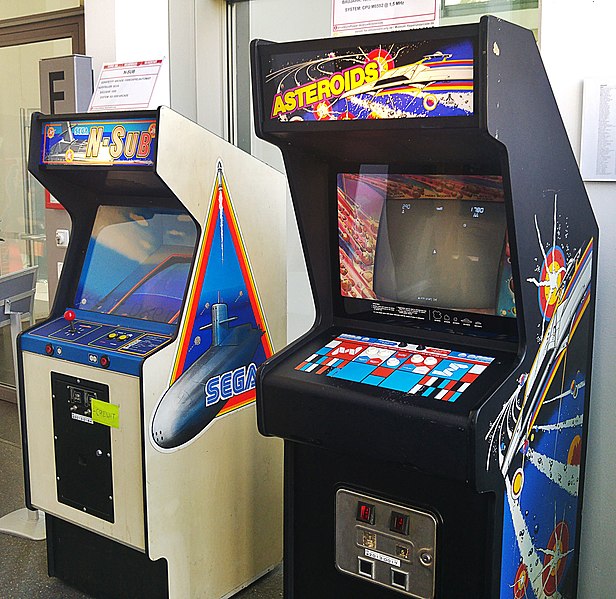
Asteroids, developed by Atari in 1979, brought a dynamic space-shooter experience to arcades. Players controlled a spaceship in a two-dimensional plane, blasting apart asteroids and avoiding enemy UFOs. Its vector-based graphics were cutting-edge, creating crisp visuals that set it apart from raster-based competitors. With its innovative “wrap-around” screen mechanic, the game offered endless gameplay possibilities. Asteroids became one of the most popular arcade games of the 1970s, cementing Atari’s dominance. The game’s addictive nature and high-score tracking kept players returning for more. Decades later, it remains a beloved classic and a symbol of gaming’s golden age.
Colossal Cave Adventure (1976)
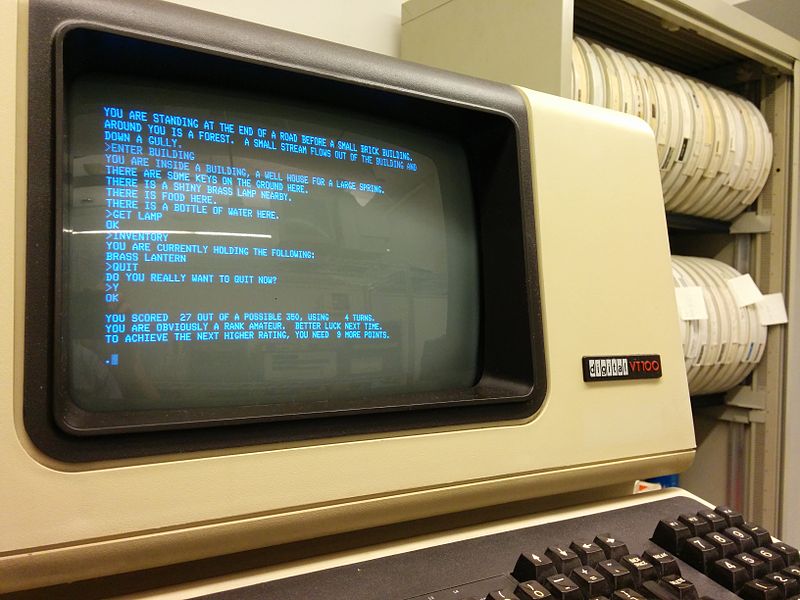
Colossal Cave Adventure, created in 1976 by Will Crowther and later expanded by Don Woods, is a pivotal text-based game. It transported players into a fantasy realm using only text, where they explored caves and solved puzzles. The game was designed for the PDP-10 mainframe computer, making it accessible only to those with access to early computing systems. Its interactive storytelling laid the groundwork for the adventure genre in gaming. Players typed commands to navigate and interact with the environment, which was vividly described through text. The game’s intricate design and multiple solutions inspired countless developers. Even decades later, its legacy is evident in modern role-playing and adventure games.
Pac-Man (1980)
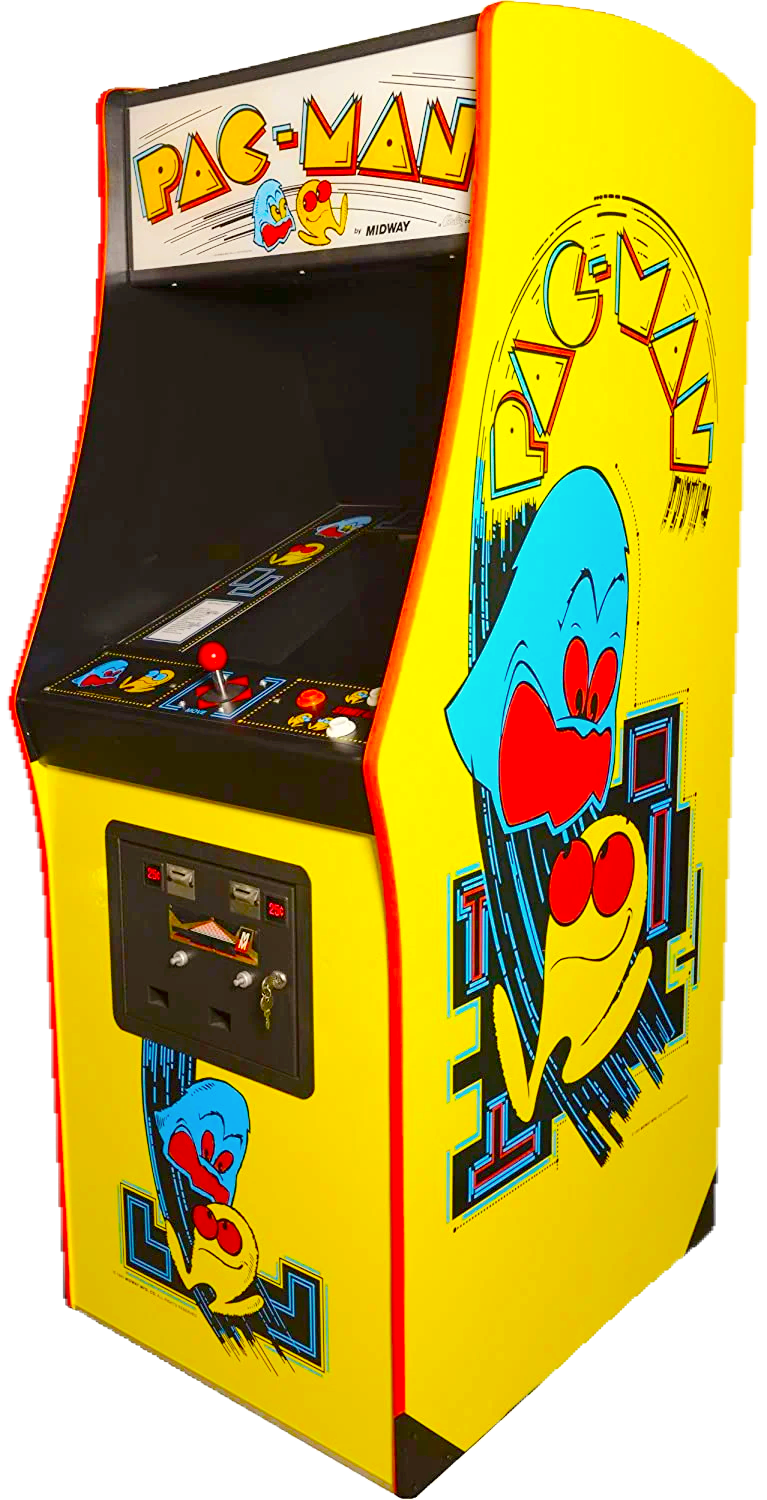
Pac-Man, released in 1980 by Namco, became an instant cultural phenomenon and remains one of the most recognizable video games ever made. Designed by Toru Iwatani, it broke away from the violent shooter trend of the time with its fun, non-violent gameplay. Players controlled the titular character, navigating a maze, eating pellets, and avoiding ghosts. The game’s colorful design and catchy music were revolutionary for its time. Pac-Man introduced the idea of AI-based opponents, as each ghost exhibited unique behaviors. Its massive popularity led to a franchise of sequels, spin-offs, and merchandise. Over 40 years later, it continues to captivate gamers across generations.
Zork (1980)
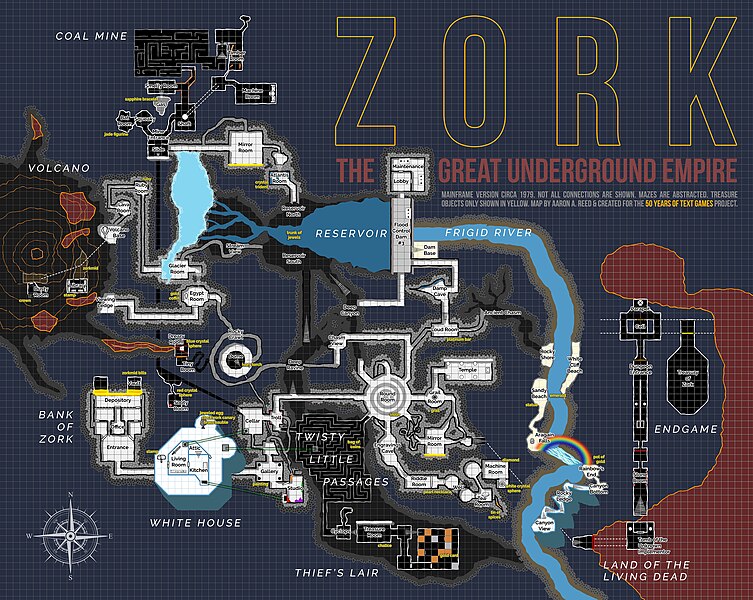
Zork, developed in 1980 by Infocom, is a landmark in the evolution of interactive fiction games. Its text-based design allowed players to immerse themselves in a vast underground world full of treasures, puzzles, and dangers. Unlike earlier text games, Zork boasted a complex parser that could interpret detailed player commands. The game’s rich narrative and challenging puzzles made it a favorite among early PC gamers. It was split into three parts due to hardware limitations, with each offering hours of gameplay. Zork’s success helped establish Infocom as a leader in interactive fiction. Even today, it is celebrated as a masterpiece of storytelling and gaming design.
Galaxian (1979)
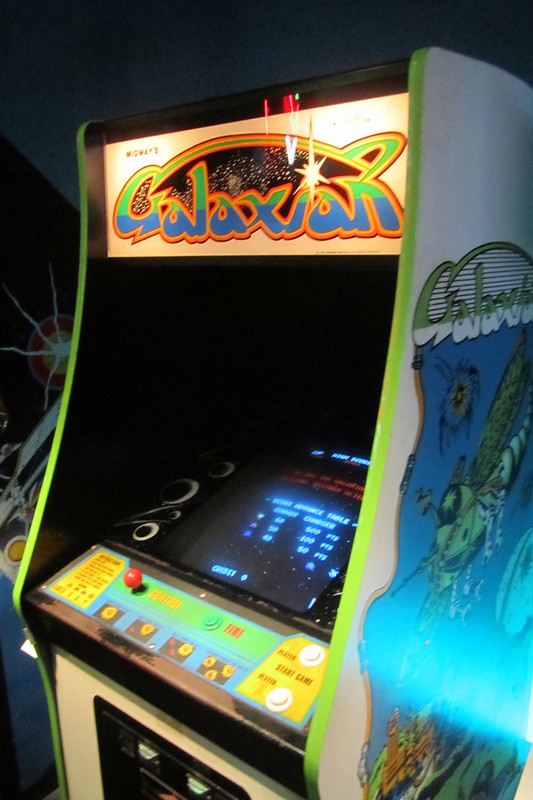
Galaxian, released by Namco in 1979, revolutionized the shoot-em-up genre with its colorful graphics and enemy behavior. It introduced players to wave after wave of alien attackers, who moved dynamically rather than in static formations. Its vibrant visuals and addictive gameplay were a significant step forward from Space Invaders. The game also featured background music, adding to the intensity of battles. Galaxian’s innovative mechanics inspired countless sequels and spin-offs, including the iconic Galaga. It was a commercial success in arcades, cementing Namco’s reputation in the gaming industry. Decades later, it remains a beloved title among retro gaming enthusiasts.
Battlezone (1980)
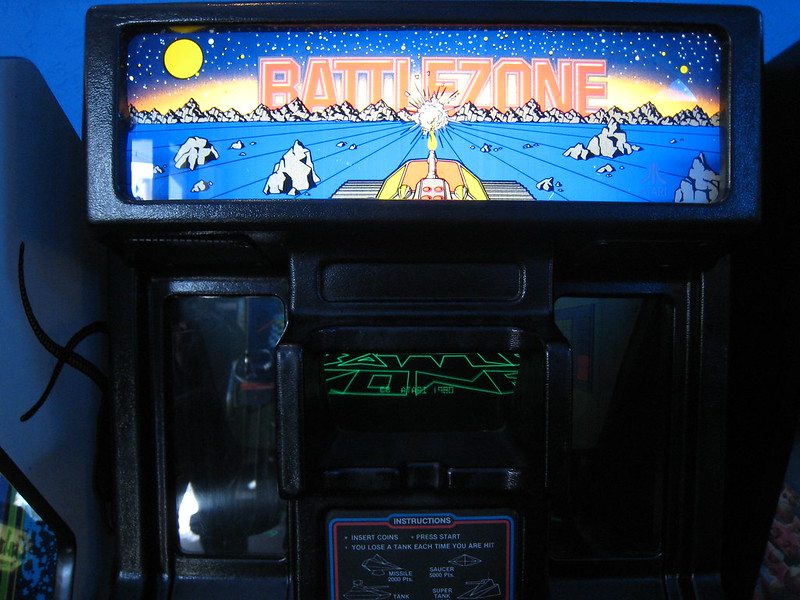
Battlezone, released in 1980 by Atari, brought immersive 3D graphics to the arcade for the first time. Players piloted a tank in a first-person perspective, battling enemy tanks and UFOs in a vector-rendered environment. The game’s innovative controls included dual joysticks, offering a unique and tactile experience. Battlezone was not only a hit in arcades but also used by the U.S. military for training simulations. Its combination of strategy and action captivated players and set new standards for realism in gaming. The game’s futuristic design influenced the development of other first-person games. Even today, it’s remembered as a milestone in gaming history.
Donkey Kong (1981)
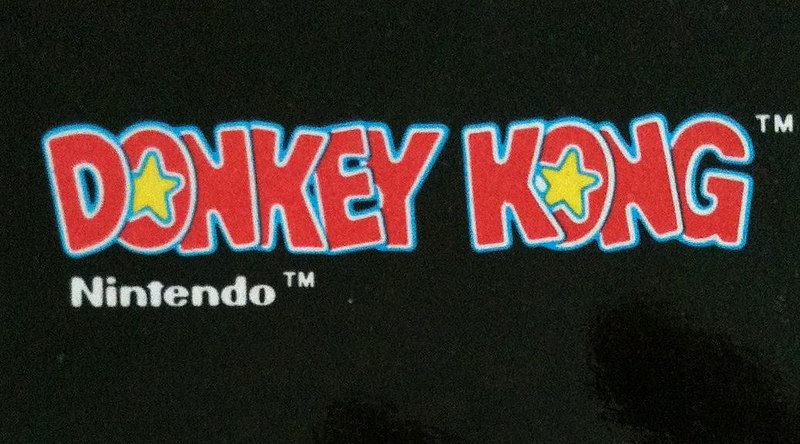
Donkey Kong, designed by Shigeru Miyamoto and released in 1981 by Nintendo, introduced the world to the beloved Mario character. Players controlled Mario (then called Jumpman) as he climbed platforms to rescue Pauline from the titular ape. Its innovative level design and distinct characters made it a standout in the early arcade scene. Donkey Kong was one of the first games to feature a storyline, which added depth to its gameplay. Its challenging mechanics and colorful graphics captivated gamers worldwide. The success of Donkey Kong laid the foundation for Nintendo’s dominance in the gaming industry. Today, it is regarded as one of the most important video games in history.
Defender (1981)
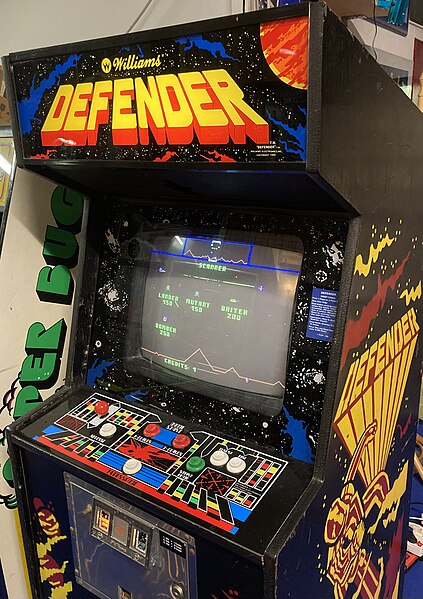
Defender, created by Williams Electronics in 1981, was a fast-paced horizontal shooter that challenged players to rescue humans while battling alien invaders. Its vibrant graphics and complex gameplay mechanics set it apart from other arcade titles of its era. The game introduced a radar system, which allowed players to track enemies and objectives in real-time. Defender’s difficulty level was higher than most games, making it a hit among skilled arcade enthusiasts. Its innovative design inspired the creation of similar side-scrolling shooters in the 1980s. The game also featured sound effects that enhanced its futuristic atmosphere. Defender remains a cornerstone of the shoot-em-up genre.
Frogger (1981)
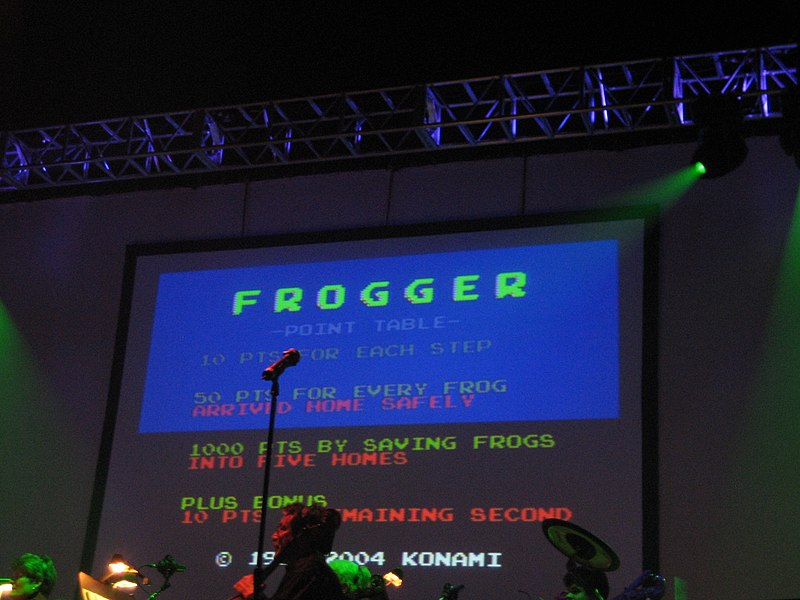
Frogger, released by Konami in 1981, charmed players with its unique premise of helping frogs cross a busy road and a river. Its colorful graphics and cheerful sound effects made it a hit in arcades worldwide. The game’s challenge lay in navigating multiple hazards, from speeding cars to alligators. Frogger introduced a mix of strategy and reflex-based gameplay that appealed to a broad audience. Its simple yet addictive mechanics ensured its enduring popularity. The game has been ported to numerous platforms over the decades, keeping its legacy alive. Frogger’s influence can be seen in modern casual games with similar mechanics.
Tempest (1981)
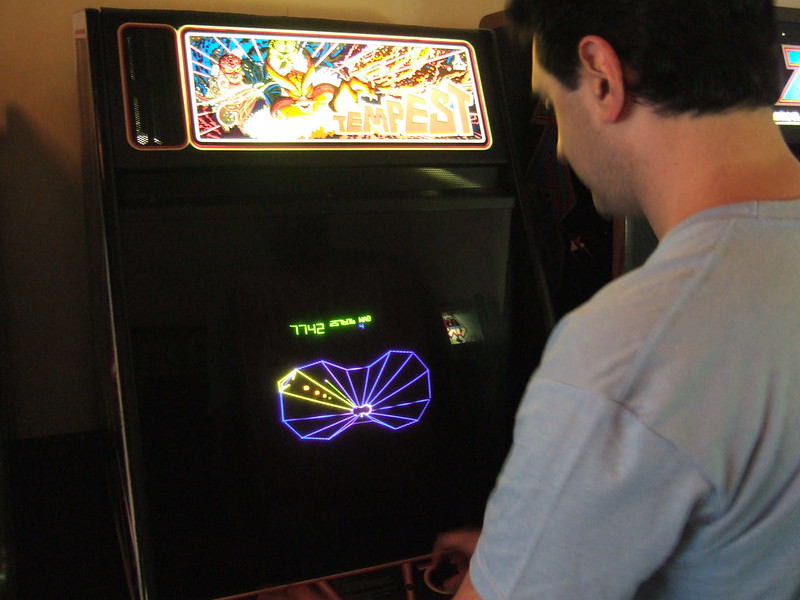
Tempest, released by Atari in 1981, introduced players to a futuristic and highly stylized vector-graphics shooter. It featured a unique perspective where players controlled a claw-like ship moving along the edges of geometric shapes. The game was among the first to allow players to select their starting difficulty level, which increased its accessibility. Tempest’s fast-paced action and striking visuals captivated players in arcades. Its use of vector graphics gave it a sharp, modern look that stood out among its peers. The game also introduced innovative controls, including a spinner for precise movement. Tempest remains a classic for its creative design and gameplay.
This article originally appeared on Rarest.org.
More From Rarest.Org
The world’s oldest newspapers carry a fascinating history. Each one tells a story of how journalism started and evolved. Their origins trace back centuries, covering significant events, political shifts, and social changes. Read more.
Over the years, many iconic restaurants have left lasting memories with their guests, but some have sadly closed their doors for good. These establishments were once at the center of the culinary world, offering unique experiences and flavors. Read more.
Some of the world’s most iconic sports trophies have vanished, leaving behind mysteries and unsolved tales. These awards symbolize the pinnacle of achievement, yet somehow, they went missing, whether through theft or curious circumstances. Read more.



